Cleaner modes of transport are emerging. The transition to electric vehicles (EVs) is one such example. We believe EV penetration is reaching a tipping point, with technological improvements meaning that life-cycle emissions are now lower for EVs than combustion engines.
Micro-vehicles are on the rise in conjunction with Mobility-as-a-Service, as seen with car-pooling, ride sharing, and increased encouragement of seamlessly integrated public-private transport systems. Soft mobility or micro-mobility solutions such as bicycle schemes and scooters enable people to move around cities efficiently whilst offering decarbonisation benefits. Railways, pooled mobility, and micro mobility options can reduce the carbon footprint of a journey by up to 90%.
Railways, pooled mobility, and micro mobility options can reduce the carbon footprint of a journey by up to 90%
In future cities, less space may be devoted to cars. Redesign of urban spaces away from the current car-centric model to cater to other, more sustainable forms of shared mobility could free up valuable space. The removal of parking spots and road simplification may increase developable areas in city centres by 15-20%. Increasing bicycle lanes, making pedestrianised roads the new normal and promoting shuttle transport could transform how we move around our cities.
We anticipate urban centres with green construction practices in place that include energy-saving measures, such as insulation, solar energy, efficient lighting and heating, and the use of energy storage solutions
Around 60% of the urban environment that will host the world’s population by 2050 is yet to be constructed. We anticipate urban centres with green construction practices in place that include energy-saving measures, such as insulation, solar energy, efficient lighting and heating, and the use of energy storage solutions.





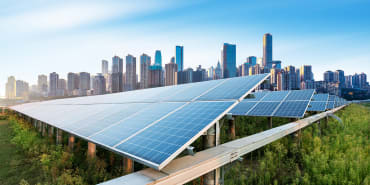
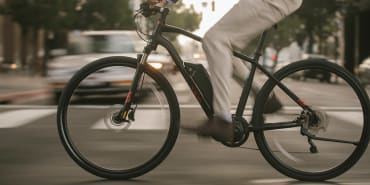


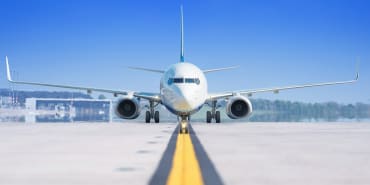
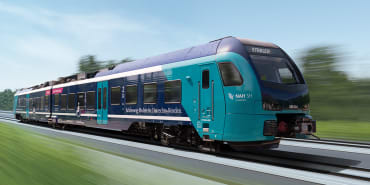
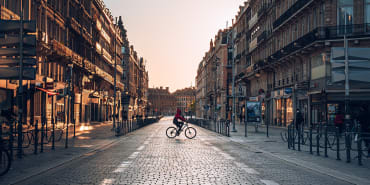
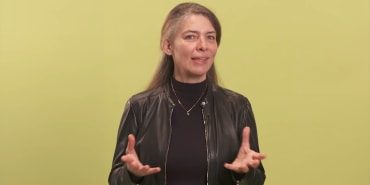
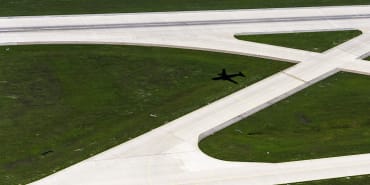
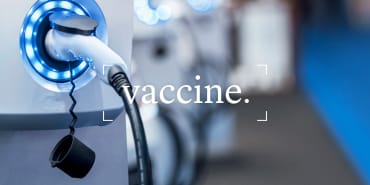









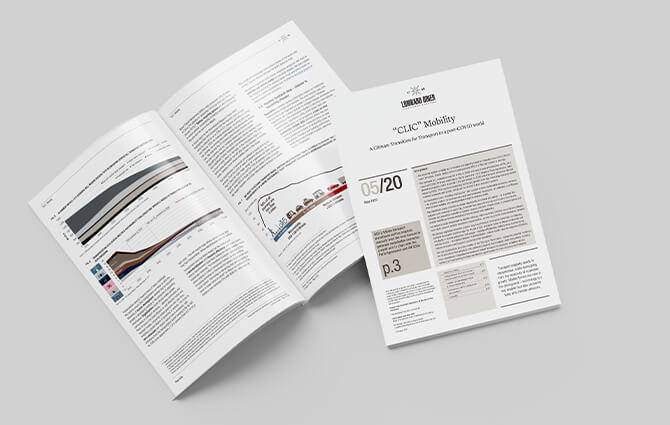
share.